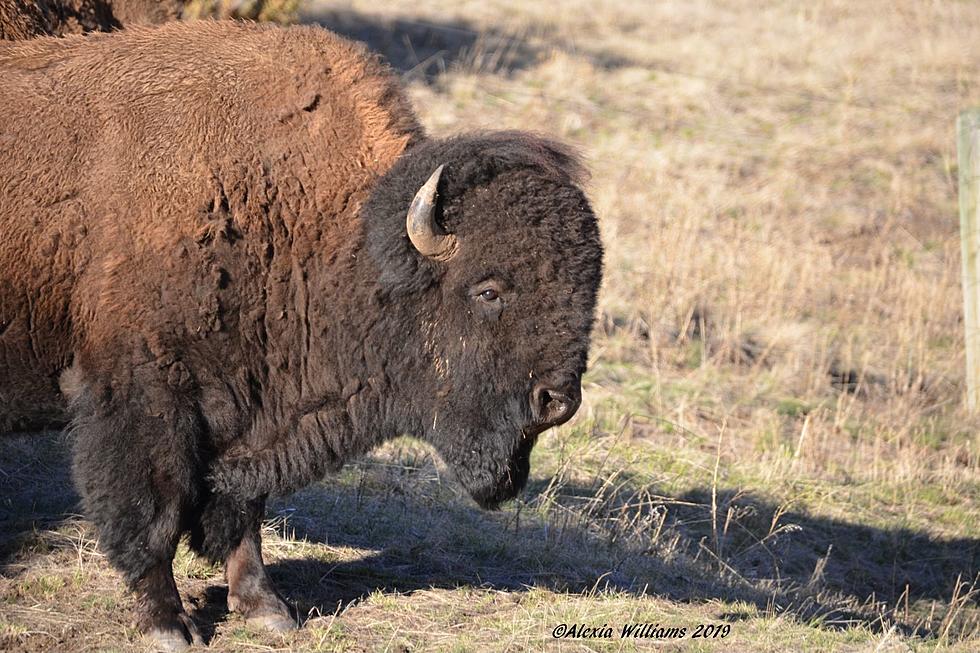
Yellowstone National Park Workers Want a Better Experience for You
Workers of the world’s first national park voted to unionize under the representation of the National Federation of Federal Employees with a majority vote of over 80%, the NFFE announced earlier this week.
The unionization includes almost everyone who works in the park, ranging from Rangers to fee collectors to firefighters and scientists. The change came about from a canvassing campaign that “spread out over a wide geographical range, as well as environmental challenges such as floods, heavy snow, and subzero temperatures,” to reach over 100 employee signatures, according to the NFFE’s release.
It's been on the move for three years. That’s when the Yellowstone organizing committee formed out of park employees.
“Working to protect and preserve Yellowstone for ‘the enjoyment of the people’ is a much more difficult and precarious career than people realize,” the Yellowstone organizing committee said in a statement, according to NFFE’s release.
Why unionize now?
Ann Logue from the personal business editorial The Balance said employees are more likely to unionize when they are “unhappy with their work conditions.” This seems to be the case for Yellowstone National Park employees, as well, citing “low pay, unmanageable workloads, high rent, a stifling hierarchy, and many other issues” as a need for a workers’ union in the release.
The organization also states a desire to “build a more inclusive, diverse workplace with more transparency and opportunity for advancement,” to help reduce position turnover, which they say affects the park’s operations and visitor experience, in the release.
More Montana unions
Yellowstone Park employees are not alone in this endeavor. The United States Bureau of Labor Statistics report from 2022 states that 10.1% of wage and salary workers are part of a union. Employees of national forests such as the Bridger-Teton National Forest and the Beaverhead-Deerlodge National Forest are unionized and represented by the NFFE, as well.
Unionizing workforces is crucial to the history of the West. Butte, Montana, was home to some of the largest mining operations in the country in the late 1800s to early 1900s. The large operations were profitable, but also dangerous, and oftentimes deadly. High Country News reported there was an average of one death a week in Butte mines through the 1920s. As a result of these conditions, the Butte Miners’ Union was formed in 1879.
You may have heard of the famous Frank Little, a unionist in Butte who was eventually lynched in 1917 for his organizing efforts. His history goes to show that fighting for safe, reasonable working conditions is not always easy.
